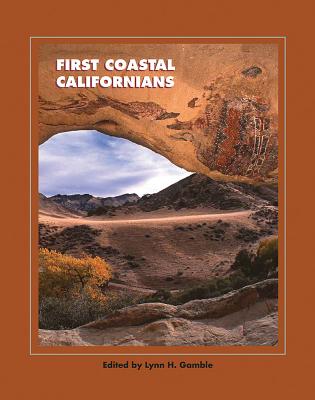
description
on the steep banks of Arlington Canyon on Santa Rosa Island, one of California's Channel Islands. The early dates for Arlington Springs Man, as he came to be known, and archaeological sites in the Northern Channel Islands, overturn the once widely held belief that the first humans to enter the Americas came by foot over the Bering Land bridge--perhaps, instead, they found their way to the Americas by boat. During the thousands of years between the arrival of those first seafarers on the Channel Islands and the arrival of the British, Spanish, and Russians, diverse waves of indigenous groups swelled coastal California's population.
This book chronicles how indigenous peoples of the past survived and thrived in the shifting environment of coastal California. One can't help but wonder what life would be like today for the California Indians if the Europeans and Russians had never stepped ashore. What we do know is that after hundreds of years of exploration, the Spanish and Russians colonized coastal California, establishing powerful institutions that changed the lives of the California Indians forever. During this stunning era of change, rebellion, resistance, cooperation, and persistence, the first coastal Californians wove a complex tangle of cultures.
member goods
No member items were found under this heading.
Return Policy
All sales are final
Shipping
No special shipping considerations available.
Shipping fees determined at checkout.







